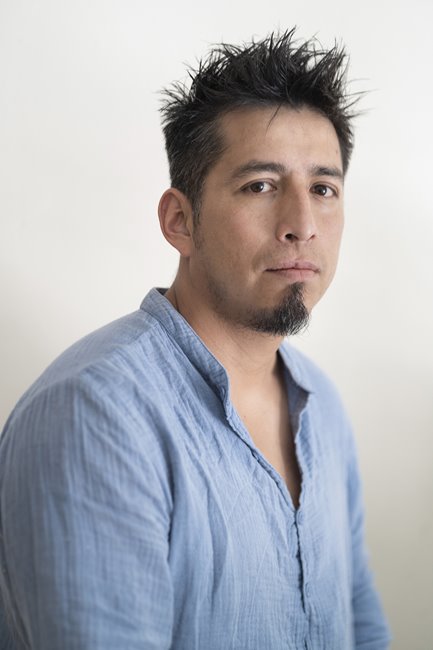Sebastián (18) baths with the help of his father Tino, in Villa Guerrero, Mexico. Sebastián lives with hydrocephalus, a neurological disorder caused by a build-up of fluids in cavities within the brain, and depends on his parents for most daily activities.
A darker story lies behind the perfect blooms on display in florists around the world, linked to the pesticides used to achieve their unblemished beauty.
Mexico has a thriving market in ornamental plants and cut flowers. The State of Mexico (the federal state around Mexico City) accounts for some 52 percent of this national market. The EU, China, the US, and other countries that have banned certain agrichemicals due to health and environmental risks still sometimes legally sell these substances to countries such as Mexico where labor is cheap, and then import the products grown abroad.
Although the Mexican government has begun to take steps against such double standards, imposing a ban on imports of pesticides forbidden in the exporting country, some toxic pesticides remain on the market. Legislation against them is sometimes stalled in the interests of maintaining production, or as a result of disputes between the agri-ecology and agri-business lobbies in government.
Certain agrichemicals have been linked to congenital conditions, stillbirth, and cancer, although a direct causal relationship is difficult to prove. Pesticide companies claim their products do not endanger humans when handled correctly. Proper handling often includes wearing appropriate personal protective equipment (PPE) and adhering to specific application times and spraying distances, but these guidelines are not always enforced. In addition, research across a range of countries indicates that individual farmers do not always read and follow, or understand, pesticide labels.
Cristopher Rogel Blanquet photographed flower-growing families in Villa Guerrero, in the State of Mexico, in order to raise awareness of the environmental and human impact of agrichemicals in the Mexican flower belt and portray the authorities’ neglect of healthcare in the region, as well as to call attention to consumers' responsibilities when buying flowers.
He said: “My work is not against the industry or the community. The community of Villa Guerrero is made of honest workers. They are good people who have been dedicating themselves to the flower for decades. I want to bring awareness of what goes behind the production of flowers.”
Are you a photographer and/or passionate about press freedom? Sign up for our newsletter to stay updated on our annual contest and to hear about exhibitions near you.

